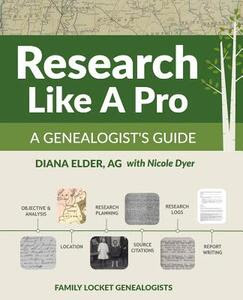Time Horizon
%20.png)
Time Horizon Ttime Horizon by nicola2002f (pixabay.com) How far do you see into your future? It turns out, not only does that vary widely, but it makes a huge difference in how we live our lives. The same was true of our ancestors, but the reason I'm writing about this is that it governs how we choose to do our work. When I was young, I was interested in knowing more about my family history, but did not have the know-how. These days, many aspects are easier, but it seems like I'm running out of time. And that's OK, because it helps to focus. For more about this, listen to The Best Years of Your Life , part of the Hidden Brain podcast. So how can I do ALL the THINGS? I think the best way to focus is to first, listen to my heart. What do I truly want to investigate, do for someone, or even finish up? So it starts with a question, which can then become a plan . It is important to me to write it down, so even if there is inter...







